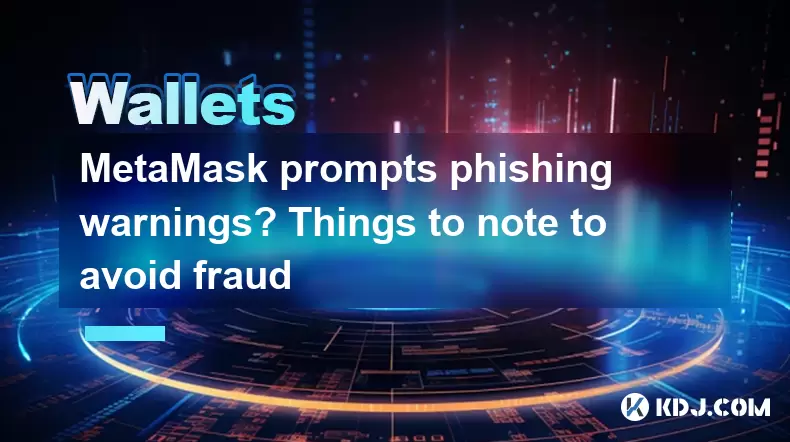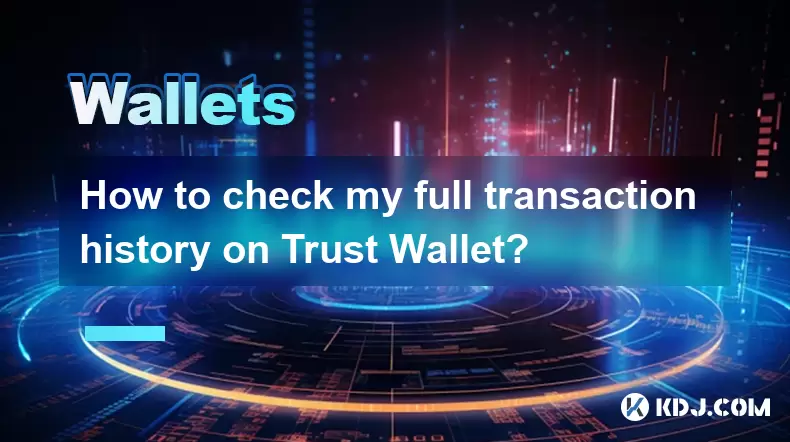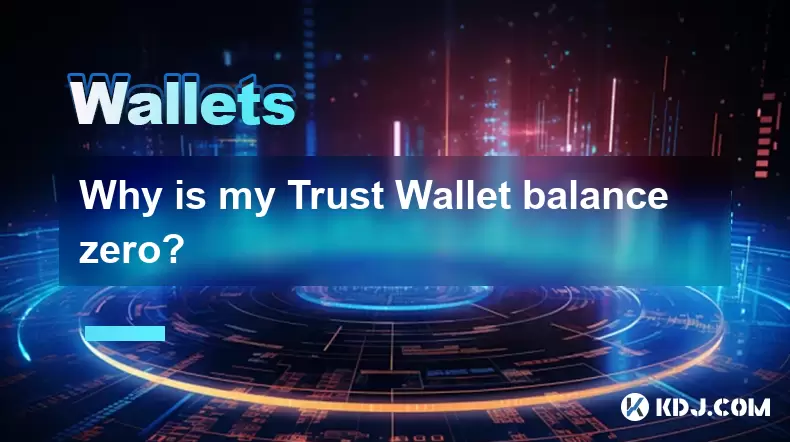-
 Bitcoin
Bitcoin $112400
-1.07% -
 Ethereum
Ethereum $3409
-3.27% -
 XRP
XRP $2.784
-6.60% -
 Tether USDt
Tether USDt $0.9997
-0.03% -
 BNB
BNB $739.3
-2.09% -
 Solana
Solana $158.0
-2.90% -
 USDC
USDC $0.9998
-0.02% -
 TRON
TRON $0.3213
-0.94% -
 Dogecoin
Dogecoin $0.1929
-5.01% -
 Cardano
Cardano $0.6974
-2.82% -
 Hyperliquid
Hyperliquid $36.69
-2.31% -
 Sui
Sui $3.327
-4.80% -
 Stellar
Stellar $0.3672
-5.18% -
 Chainlink
Chainlink $15.65
-3.07% -
 Bitcoin Cash
Bitcoin Cash $525.0
-1.68% -
 Hedera
Hedera $0.2291
-6.00% -
 Avalanche
Avalanche $20.91
-2.96% -
 Ethena USDe
Ethena USDe $1.000
0.00% -
 Toncoin
Toncoin $3.520
-1.12% -
 UNUS SED LEO
UNUS SED LEO $8.968
0.14% -
 Litecoin
Litecoin $105.7
0.26% -
 Shiba Inu
Shiba Inu $0.00001181
-1.79% -
 Polkadot
Polkadot $3.492
-2.08% -
 Uniswap
Uniswap $8.800
-3.10% -
 Dai
Dai $0.9999
-0.01% -
 Monero
Monero $289.9
-3.17% -
 Bitget Token
Bitget Token $4.243
-1.27% -
 Pepe
Pepe $0.00001006
-3.67% -
 Cronos
Cronos $0.1248
-5.68% -
 Aave
Aave $249.7
-2.50%
MetaMask prompts phishing warnings? Things to note to avoid fraud
MetaMask's phishing warnings protect users from scams; always verify URLs and use strong security measures to safeguard your crypto assets.
May 18, 2025 at 01:22 pm

When using MetaMask, a popular Ethereum wallet and gateway to blockchain applications, users might encounter phishing warnings. These warnings are crucial as they protect users from fraudulent activities that could lead to the loss of their cryptocurrencies. Understanding the reasons behind these warnings and knowing how to avoid fraud is essential for any crypto user.
Understanding Phishing Warnings in MetaMask
Phishing warnings in MetaMask are designed to alert users when they are about to interact with a potentially harmful website or application. These warnings appear when MetaMask detects suspicious behavior or when a user is directed to a site known for phishing attempts. The purpose of these warnings is to prevent users from connecting their wallets to fraudulent services that might steal their private keys or drain their funds.
Common Types of Phishing Scams in Crypto
There are several types of phishing scams that crypto users should be aware of. Fake websites that mimic legitimate platforms are a common method used by scammers. These sites often look identical to the real ones, making it hard for users to differentiate. Phishing emails or messages that prompt users to connect their wallets or enter their private keys are another prevalent scam. Additionally, malicious smart contracts can be deployed to steal funds directly from connected wallets.
How to Identify Phishing Attempts
Identifying phishing attempts is crucial for protecting your assets. Check the URL of the website you are visiting. Scammers often use slight variations of legitimate URLs to trick users. Always ensure that the site's URL matches the official one. Be wary of unsolicited communications asking you to connect your wallet or enter sensitive information. Legitimate services will never ask for your private keys. Use MetaMask's built-in security features, such as the phishing detection tool, which can alert you to known malicious sites.
Steps to Safeguard Your MetaMask Wallet
To protect your MetaMask wallet from phishing attempts, follow these detailed steps:
- Install MetaMask from the Official Source: Always download MetaMask from the official website or app store to ensure you are using the legitimate version.
- Enable Phishing Detection: In MetaMask settings, turn on the phishing detection feature. This will help MetaMask warn you about known phishing sites.
- Use Strong Passwords and Two-Factor Authentication: Secure your MetaMask account with a strong, unique password and enable two-factor authentication (2FA) for added security.
- Regularly Update MetaMask: Keep your MetaMask software up to date to benefit from the latest security enhancements and phishing detection capabilities.
- Verify Website Authenticity: Before connecting your wallet to any site, double-check the URL and look for signs of authenticity, such as HTTPS and official branding.
- Educate Yourself on Common Scams: Stay informed about the latest phishing techniques and scams circulating in the crypto community.
What to Do If You Encounter a Phishing Warning
If MetaMask displays a phishing warning, take immediate action to protect your assets. Do not proceed with the action that triggered the warning. Instead, close the site and do not enter any sensitive information. If you accidentally connected your wallet to a suspicious site, disconnect it immediately and monitor your wallet for any unauthorized transactions. If you suspect that your private keys may have been compromised, transfer your funds to a new, secure wallet as soon as possible.
Additional Tools and Practices for Enhanced Security
In addition to MetaMask's built-in features, consider using hardware wallets like Ledger or Trezor for storing your cryptocurrencies. These devices keep your private keys offline, making them less susceptible to phishing attacks. Use a VPN to mask your IP address and add an extra layer of security when accessing crypto platforms. Regularly backup your wallet to ensure you can recover your funds if your device is compromised. Participate in the crypto community to stay updated on the latest security threats and best practices.
Reporting Phishing Attempts
If you encounter a phishing attempt, report it to MetaMask through their official channels. This helps the MetaMask team to update their phishing detection database and protect other users. Share your experience with the crypto community to raise awareness and prevent others from falling victim to similar scams. Reporting phishing attempts is a crucial step in maintaining the security of the entire crypto ecosystem.
Frequently Asked Questions
Q: Can phishing warnings in MetaMask be turned off?
A: While it is technically possible to disable phishing warnings in MetaMask, it is strongly advised against doing so. These warnings are a critical security feature designed to protect your assets. Disabling them increases your risk of falling victim to phishing scams.
Q: How can I verify if a website is safe to connect my MetaMask wallet to?
A: To verify a website's safety, check the URL for any suspicious variations, ensure it uses HTTPS, and look for official branding. You can also use online tools like URL scanners and check community forums for any reported issues with the site.
Q: What should I do if I accidentally entered my private keys on a phishing site?
A: If you entered your private keys on a phishing site, immediately transfer your funds to a new, secure wallet. Change your passwords and enable two-factor authentication on all related accounts. Monitor your wallet closely for any unauthorized transactions and consider using a hardware wallet for future security.
Q: Are there any resources available to learn more about crypto security?
A: Yes, there are numerous resources available for learning about crypto security. Websites like CryptoSlate, CoinDesk, and the official MetaMask blog offer articles and guides on best practices. Additionally, participating in crypto forums and communities can provide valuable insights and real-time updates on security threats.
Disclaimer:info@kdj.com
The information provided is not trading advice. kdj.com does not assume any responsibility for any investments made based on the information provided in this article. Cryptocurrencies are highly volatile and it is highly recommended that you invest with caution after thorough research!
If you believe that the content used on this website infringes your copyright, please contact us immediately (info@kdj.com) and we will delete it promptly.
- Crypto, Phishing, and Your Wallet: A New Yorker's Guide to Staying Safe
- 2025-08-03 10:30:16
- Troller Cat Meme Coin Presale Soars: A New King in the Crypto Jungle?
- 2025-08-03 10:30:16
- Grayscale, Altcoin Trust, and Mid-Cap Mania: What's the Deal?
- 2025-08-03 08:50:16
- XRP, ADA, and the Altcoin Evolution: What's Hot and What's Next
- 2025-08-03 08:30:16
- Altcoins, Bitcoin, and Inflows: Decoding the Crypto Current
- 2025-08-03 09:30:16
- HBAR Price Check: Will Monthly Gains Hold at This Resistance Level?
- 2025-08-03 08:30:16
Related knowledge

What is a watch-only wallet in Trust Wallet?
Aug 02,2025 at 03:36am
Understanding the Concept of a Watch-Only WalletA watch-only wallet in Trust Wallet allows users to monitor a cryptocurrency address without having ac...

How to fix a stuck pending transaction in Trust Wallet?
Aug 03,2025 at 06:14am
Understanding Why Transactions Get Stuck in Trust WalletWhen using Trust Wallet, users may occasionally encounter a pending transaction that appears t...

What is a multi-coin wallet in Trust Wallet?
Aug 03,2025 at 04:43am
Understanding Multi-Coin Wallets in Trust WalletA multi-coin wallet in Trust Wallet refers to a digital wallet that supports multiple cryptocurrencies...

How to switch between networks in Trust Wallet?
Aug 02,2025 at 12:36pm
Understanding Network Switching in Trust WalletSwitching between networks in Trust Wallet allows users to manage assets across different blockchains s...

How to check my full transaction history on Trust Wallet?
Aug 02,2025 at 09:24am
Understanding Transaction History in Trust WalletTrust Wallet is a widely used non-custodial cryptocurrency wallet that supports a broad range of bloc...

Why is my Trust Wallet balance zero?
Aug 02,2025 at 03:49am
Understanding Trust Wallet Balance Display IssuesIf you're seeing a zero balance in your Trust Wallet despite knowing you've previously received or se...

What is a watch-only wallet in Trust Wallet?
Aug 02,2025 at 03:36am
Understanding the Concept of a Watch-Only WalletA watch-only wallet in Trust Wallet allows users to monitor a cryptocurrency address without having ac...

How to fix a stuck pending transaction in Trust Wallet?
Aug 03,2025 at 06:14am
Understanding Why Transactions Get Stuck in Trust WalletWhen using Trust Wallet, users may occasionally encounter a pending transaction that appears t...

What is a multi-coin wallet in Trust Wallet?
Aug 03,2025 at 04:43am
Understanding Multi-Coin Wallets in Trust WalletA multi-coin wallet in Trust Wallet refers to a digital wallet that supports multiple cryptocurrencies...

How to switch between networks in Trust Wallet?
Aug 02,2025 at 12:36pm
Understanding Network Switching in Trust WalletSwitching between networks in Trust Wallet allows users to manage assets across different blockchains s...

How to check my full transaction history on Trust Wallet?
Aug 02,2025 at 09:24am
Understanding Transaction History in Trust WalletTrust Wallet is a widely used non-custodial cryptocurrency wallet that supports a broad range of bloc...

Why is my Trust Wallet balance zero?
Aug 02,2025 at 03:49am
Understanding Trust Wallet Balance Display IssuesIf you're seeing a zero balance in your Trust Wallet despite knowing you've previously received or se...
See all articles

























































































